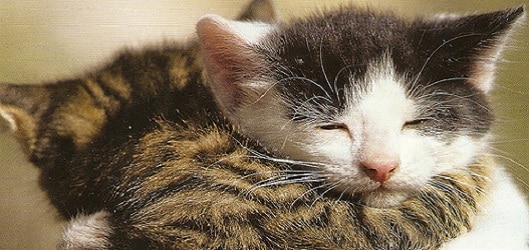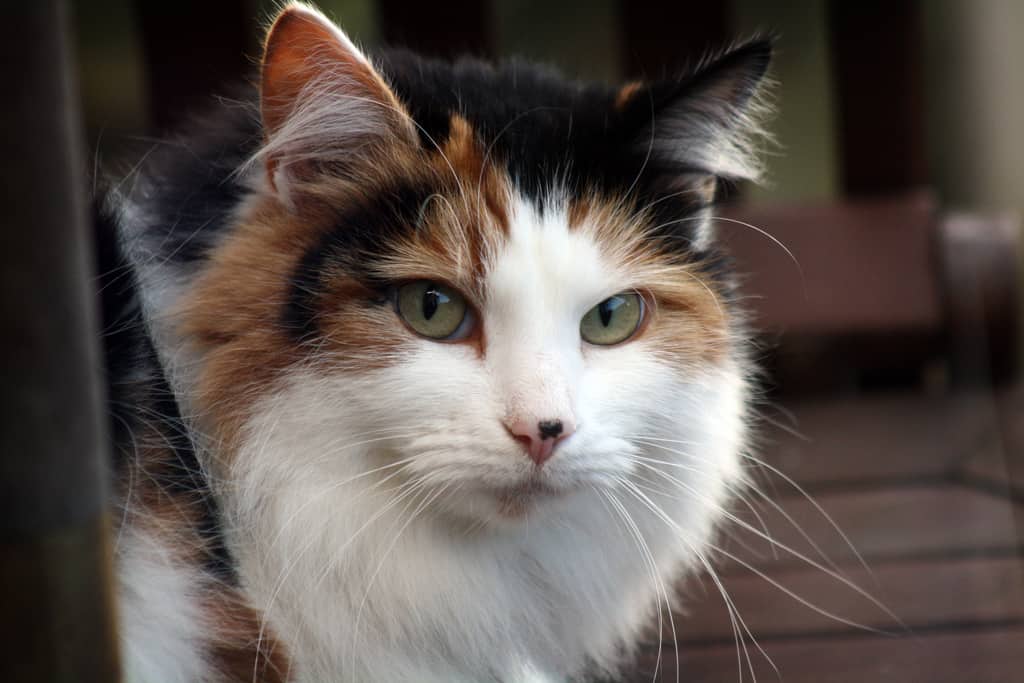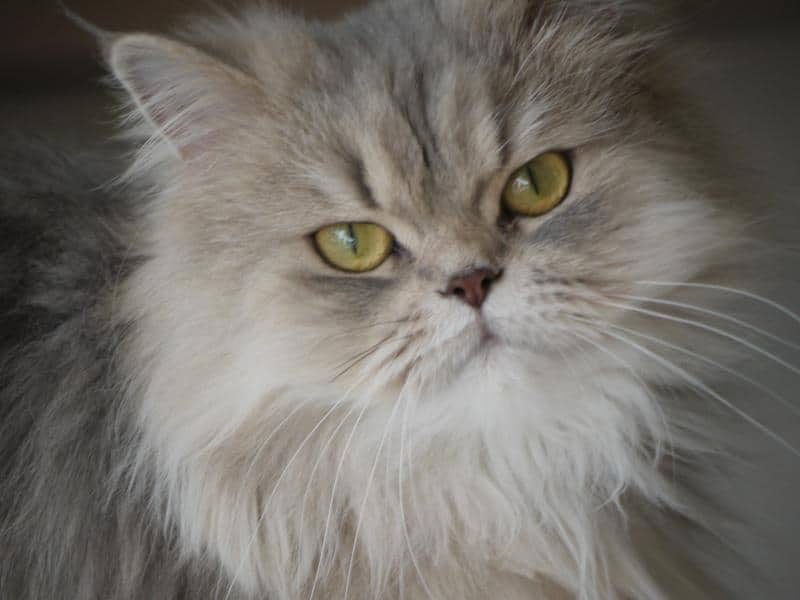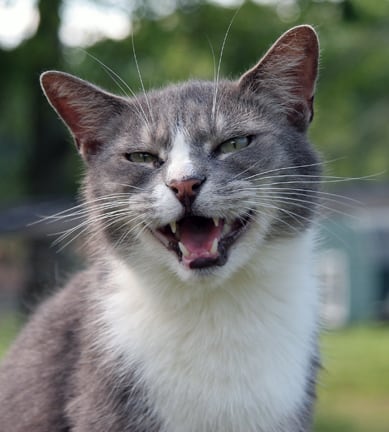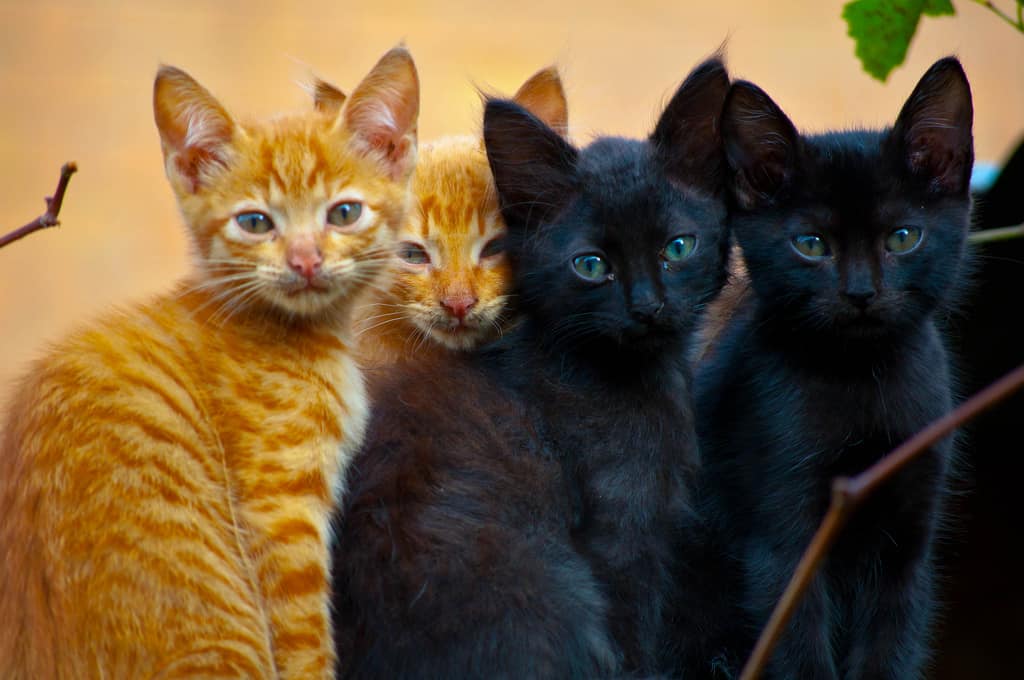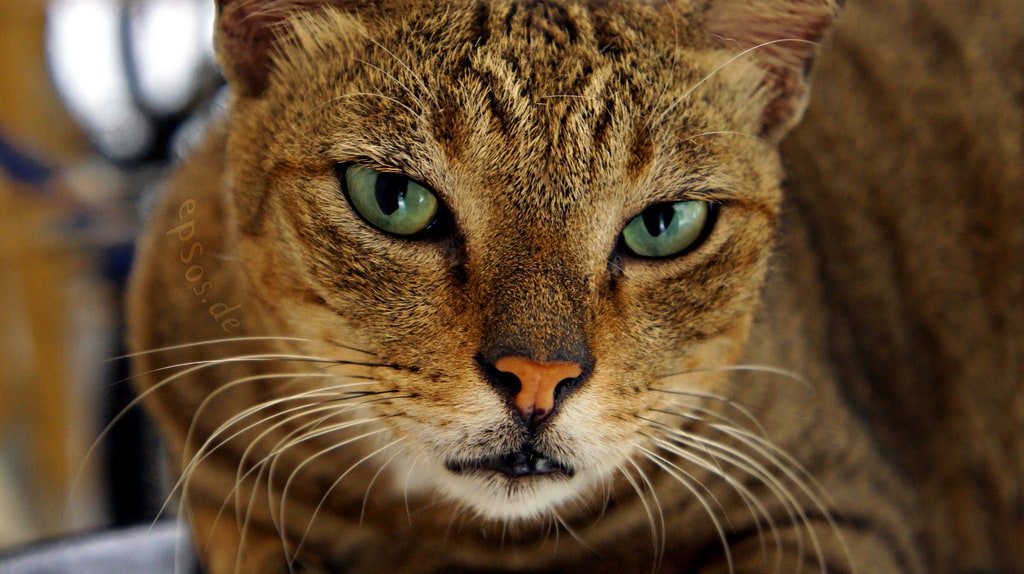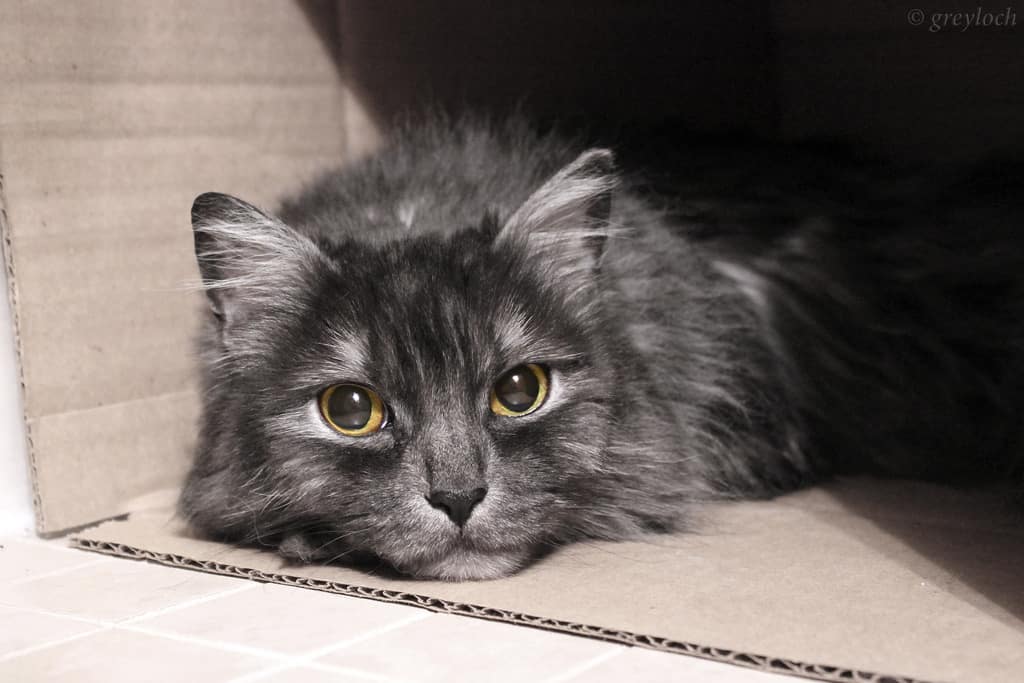Cats
History of our Domestic Cats
Throughout history we have had a close connection with our feline friend. Sometimes they have been considered by some cultures as an animal to fear as objects of superstition and in others as creatures to be revered. The mystery of the cat still marvels us today. While being accepted as a pet and associated with mankind for millennia, they still maintain some of their ancestral habits while adapting to a range of situations that we create for them.
Admiring Cats
Cats are used in advertising to symbolise power, grace, independence, while most of us experience a cat’s affection, its companionship and playful behaviour. Many cats are bred not for hunting vermin but to satisfy our desire for their personality and beauty of pedigree breeds.
Breeding pedigree cats began in England in the late nineteenth century. Since then a myriad of varieties, colours and sizes of cat breeds have become popular as the natural characteristics of the animal have been exploited by selective breeding.
Domestication of our Humble Cats
As we moved away from our nomadic roots to develop a sedentary lifestyle of creating an agricultural society, the domestication of various animals ensued. From cows, pigs and goats, dogs, and sheep, we soon realised the potential of the wild cat species for food and later to keep control vermin populations in grain stores. Early remains have been found in the Middle East and around the Mediterranean Sea. Breeding of cats is believed to have begun deliberately around 3000BC on the island of Crete, Cyprus, and in Egypt, and the Orient.
As our need to store grain increased, the mice and rat populations began to take advantage of the ready food supply. This in turn led to wild cats being encouraged to deal with the vermin by early Ethiopian settlers along the Nile Valley in Egypt. The Egyptians loved cats and depicted them in various statues and art, and revered and mummified after death and buried in cat cemeteries. By about 2000BC cats were partially domesticated and by 1000BC were fully domesticated.
The Egyptian Love for Cats
Cats became so important in Egyptian culture, that if you were to kill one the penalty for doing so was death. The Egyptians believed that cats could see in the dark and related the dilation of the animal’s pupils with the sun and moon. Cats were thought to be able to overcome death. When the Nile burst its banks each year, it destroyed crops, but the sun encouraged growth. The Egyptian’s worshipped various Gods. The sun god was Ra, and was merged with the cat’s image. The image of a sleeping cat curled up became symbolic of nature.
How Cats Took Over the World
The Egyptians did not want their felines to move away from their culture and were severely guarded from harm. Eventually Phoenician traders managed to take cats to Europe to deal with increasing problems with rats. Roman armies smuggled cats from Egypt and others were smuggled by travelling monks to the Orient. As cats became popular, their role as a divine creature became demoted to dealing with increased mice and rat populations around settlements.
With the dawn of Christianity, cats became associated with the devil and were later linked to witchcraft and sorcery. In Asia, people were encouraged to keep and feed a cat in their household under Hindu faith. The Chinese believed that cats brought good fortune. Buddhists kept some in every temple to protect the manuscripts from damage by mice. The issue of mice and rats in Japan increased that the government ordered cats to be released to kill mice threatening the silk industry by law in 1602.
The worldwide exposure of felines to human civilisations correlates strongly with shipping and trading as invasions brought rats and mice to new shores. Later, the spread of the plague throughout Europe increased the value of the cat’s role for vermin control. Cats were deemed to bring good luck on board ships and foresee stormy weather. As explorers sought out the New World, our furry friends came along for the ride.
Domestic Cats and Their Parentage
While it is known that domestic cats derive from wild cats, the exact origin is less defined. The large cats (leopards, lions, tigers and jaguars), the cheetah and small cats (over 30 varieties) make up the three main genera of Felix. The domestic variety (Felis catus) belongs to the Felis genus which contains the Puma, the largest, and the African Black Footed Cat, the smallest.
It is believed that the wild ancestor originally came from the Middle East. It is suggested that Felix libyca (African Wild Cat) being a likely contender. They are a small brown cat with stripes on the legs and tail. No genetically pure examples are likely to exist due to their ability to hybridise with the domestic cat; however, some mummified cats from Egypt appear to be that of the same species. Some other mummified cats found exist of Felis chaus an Abyssinian breed but none of their genes appear in the modern cat. Another contender for the cat’s ancestor is Felis sylvestris, the European Wild Cat. It has an identical karyotype and also hybridises with the domestic cat to produce fertile offspring. For different varieties to breed and produce fertile offspring requires a similar chromosome makeup.
The ability for the cat to adapt to a range of new environments helped cats spread throughout the world. Adapting to cold conditions saw the cat become more compact in shape with a tabby pattern and different body and head shape to its ancestors. Cats have fewer mutant genes than other animals. Most are sex linked red or black. Recessive genes in the black series create brown and cinnamon colours. Mutations from the Far East gave rise to albino alleles and Siamese and Burmese varieties. As with all selective breeding, the preference of colours of fur, size, eye colour, hunting ability, nature, etc is determined by humans.
Shows and Breeding Cats
In 1871, the first National Cat Show was held in the Crystal Palace in London. This began the desire to breed cats for exhibition purposes. The show saw 170 cats and kittens being exhibited. By 1884, the National Cat Club was founded. Further selective breeding led to varieties being exported around the world. Five years later, the show of 1889 saw over 20,000 people view 600 cats on display.
Ownership of Cats Today
Whether you own a moggy as a house pet or as a working animal, you cannot help but marvel at its ancestry. For millennia, the cat has kept its wild charm as a hunter and remains a popular pet in modern society.



